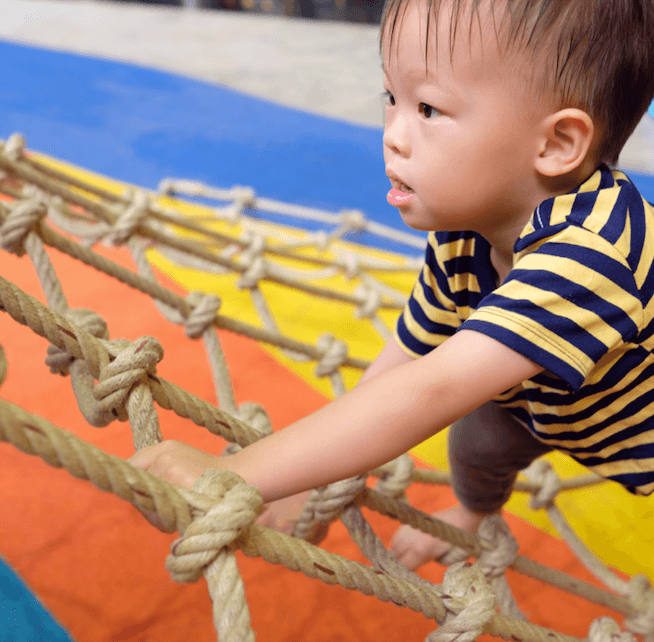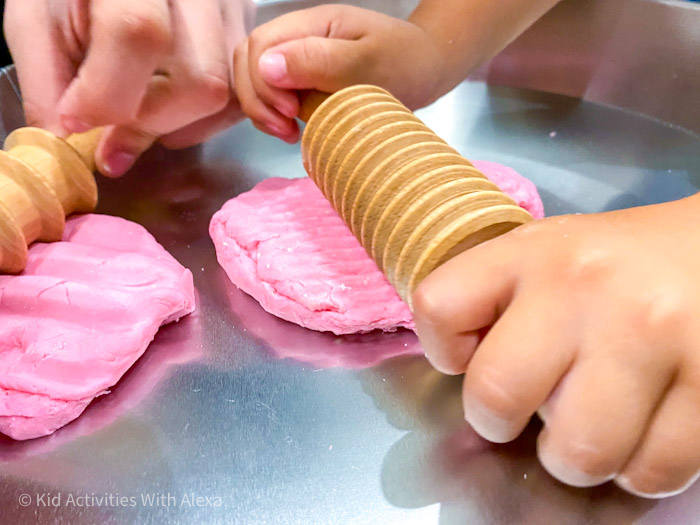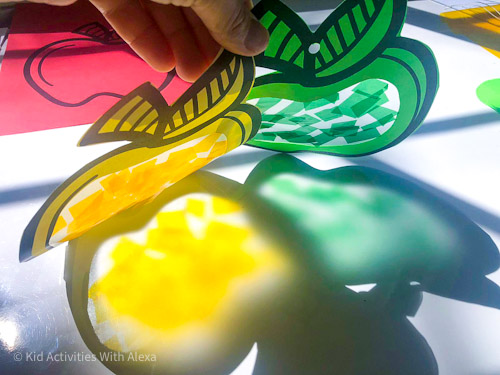If you are looking for some low-risk activities that can support sensory processing in children, here are some of our favorites.
Many of us are more sensitive to loud noises, food textures, or light than children. While many of those on the autistic spectrum have sensory processing issues, it’s not a condition that is exclusive to them.
We all get triggered to some extent and by understanding what is a trigger we can help our kids process and overcome some of these sensitivities.
What is Sensory Processing?
Sensory Integration is the way the brain receives, organizes, and responds to sensory input in order to behave in a meaningful & consistent manner. In simpler words, it is the way our brain receives information from the environment through the senses.
Sensory processing is developed from the day we’re born with our recognizing certain voices, feeling new textures, seeing new things, and more. It is how we explore and learn about the world.
See, hear, taste, feel, and smell – these are the five senses, and they develop and learn as we grow. Sensory processing is how our bodies and brain interpret these things and create responses.
For instance, when we hear loud music, our brains interpret that and instruct our bodies to behave accordingly. However, for some, the music may be too loud, and their brains may not be able to understand and send out the right behavioral and motor signals resulting in discomfort and confusion over how to behave
Common Triggers for those with Sensory Processing Sensitivities
Some people may be overstimulated or under-stimulated by their senses. Some common things you may notice in those with sensory issues are:
- Reluctance to wear clothes made of a certain material
- Clumsiness and poor balance
- An aversion to bright lights
- Unwillingness to eat certain foods
- Covering their ears in loud environments
The signs vary from person to person, but if you notice them having tantrums when being forced to wear a certain piece of clothing, keeping their eyes closed in the daytime, resisting certain activities, and more, it could be indicative of some sensory processing issues.
Sensory Integration Therapy
Being overwhelmed by smells, sights, or sounds is common, but sensible exposure can help, so here are some things to try with young children to help them overcome these sensitivities.
Sensory processing activities to help them grow. Sensory integration therapy is a kind of gentle exposure therapy designed to help you with little changes and gradual stimulation with new sensory things.
Occupational therapists are best to help with official sensory integration diagnosis and therapy. This guide below is just a collection of resources, we are not professionals who can evaluate your child or give medical advice.
To best support and help diagnose more serious sensory processing reach out to an occupational therapist.
let’s explore a few sensory sensitivities and activities which can help us learn to cope with sensory processing.
When Risky play is avoided (Clumsiness and poor balance)
Children with sensory sensitivities may struggle with fine motor skills and coordination. Watch the equipment they choose and see if they’re avoiding climbing or swinging, or are they playing and approaching others?

The playground may help you determine if their clumsiness is related to something more serious.
Playgrounds often have equipment created especially for sensory play, like water tables, music walls, and tunnels with shadow windows and texture plates. Encouraging your child to use these is a great way to support their sensory development.
If you begin to see a pattern of avoidance, it may be worth mentioning to your doctor for further evaluation.
When touching and dinner time is tricky
A child with sensory processing disorder (SPD) may have trouble with textures and food sensitivities. Sensory processing disorder alters typical food responses. Children with SPD will likely notice how something tastes, feels, or sounds. And during mealtimes, their over or under-sensitivity of their sense of touch, taste, and smell could keep them from enjoying some food.

There are certain foods and textures that you might notice your child avoids. It could be leeks
that squeak against the teeth or mushed banana with a weird mouthfeel. One way to expose
your child to new textures is to try food sampling or taste-safe sensory play using food.
Food Sampling at dinner time is kind of like tapas in that you have a bunch of small portions of a range of items, like chicken strips and carrot sticks and crackers they like with softer foods like mushy peas, rice pudding, and yogurt or things they can dip their safe foods in.
Try to pick a range of foods they like with new ones with different textures and colors so they don’t go hungry and off the meal altogether.
When touching textures is an Issue (Reluctance to wear clothes made of a certain material)
Playing with Play dough is a great option for children with texture issues, as you can make it at home and experience the full range of its forms.

follow any of our homemade playdough recipes and allow your child to help you with mixing, touching, and exploring the ingredients. You may try this 2-ingredient playdough recipe too.
Allow the playdough to get too sticky and too dry to explore different textures through play.
They can then play with the dough to make shapes using these playdough mats and decorations and bake them to create long-lasting treasures.
When lights are too strong (An aversion to bright lights)
Many of those with sensory issues have problems with being exposed to different types of lighting. Sensory integration therapy involves gently exposing them to light or darkness for longer and encouraging them to be open to it.

You can do light/shadow activities or you can use Lava lamps. Lava Lamps are an ideal tool for this as the heated lava material inside creates unique and interesting shapes continuously. Learn how to make a glow-in-the-dark lava lamp.
Similar to lava lamps you can use shaped lights and color-changing lights. Some of these are nightlights designed to help with fear of the dark, but they’re all fun to look at, which could support their professional sensory integration therapy. The key is to keep the lighting relaxing and calming with no harsh neons or brightness.
When loud noises are a trigger (Covering their ears in loud environments)
Some kids might be more sensitive to noises than others. A loud party, a concert, an indoor playground that’s too loud.
Noise-canceling headphones (like these from Amazon) are supposed to help children who are averse to unfamiliar or extreme sounds as they block out the noise to prevent any issues and help them feel more comfortable.
Noise-canceling headphones can also be used as a kind of exposure therapy.
You can start by playing soothing sounds of nature through the earphone, then move on to ambient shop noises and build your way up with gentle exposure to new sounds and volumes. This method can help you figure out which kinds of sounds are triggering to your child and help them cope in situations when that noise can be expected.
Doing it this way is more gradual and can help prepare them for a time when they may not have their earphones at hand.
When to seek help for Sensory Processing
If you’re not sure but are concerned about your child’s sensitivity and these low-impact activities are not helping, it’s best to get them assessed by an occupational therapist for a sensory processing disorder or autism diagnosis.
Those with an autism diagnosis are not the only ones who are sensitive to certain sensory
experiences. Helping children experience a range of things when they’re growing can
help you figure out if something doesn’t sit well with them and allow you to support
them and best prepare them for the future.
This was a guest post About the Author:

Debbie Woodliffe is an experienced writer currently based in the UK working in an agency for educational clients such as Online Playgrounds and Pandora Books. She has been writing for over 11 years and aims to generate content that inspires, educates, and helps her readers thrive.